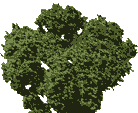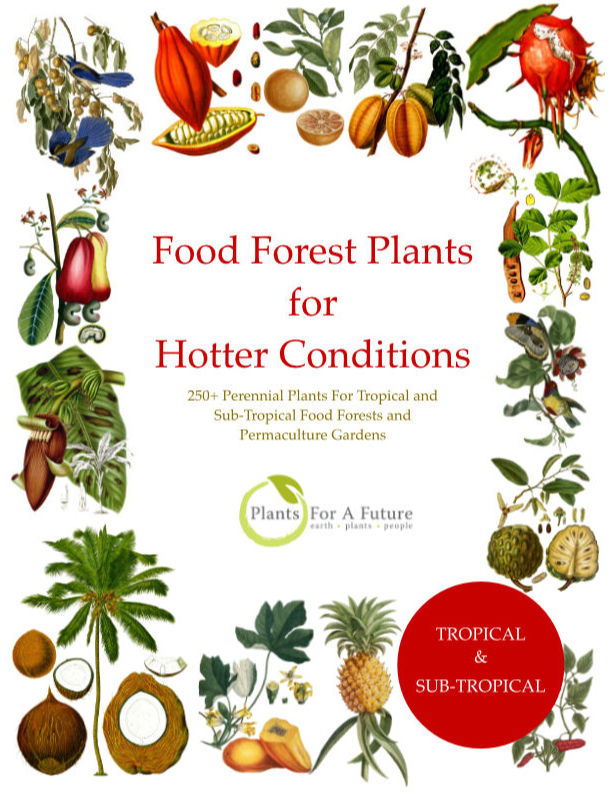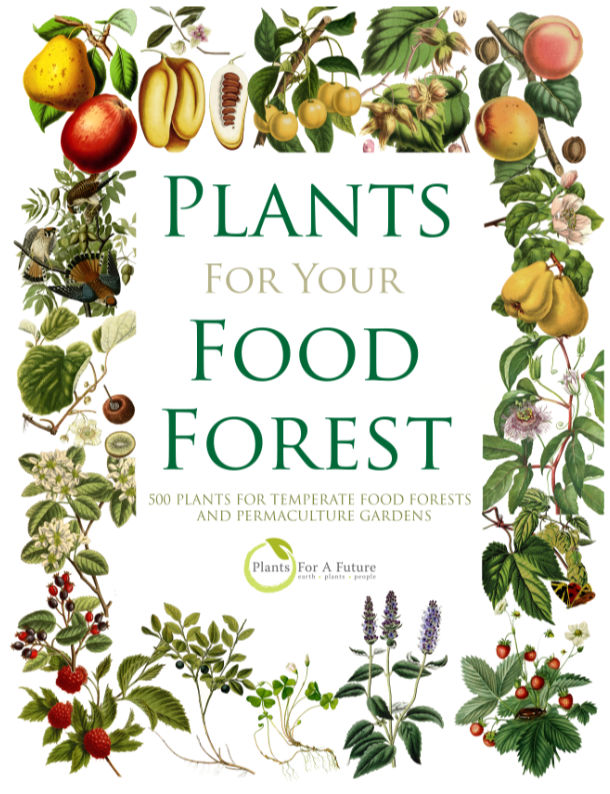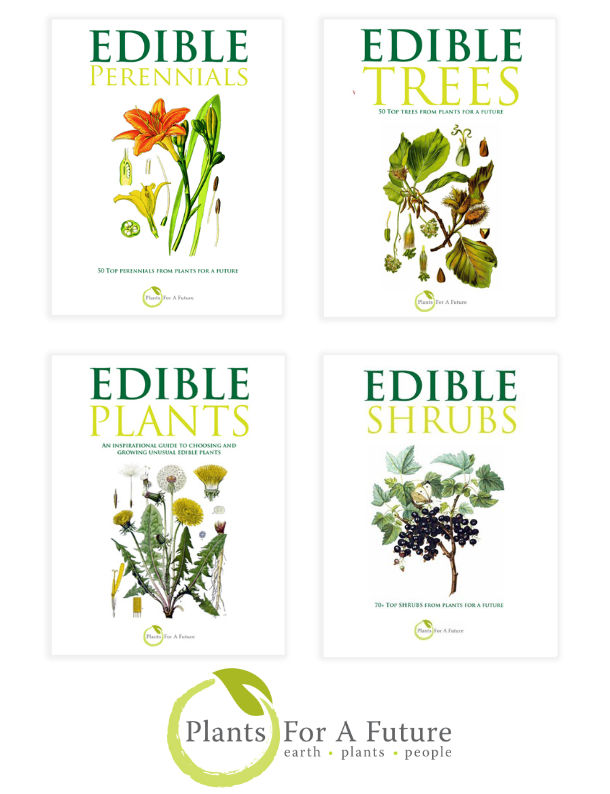Translate this page:
Summary
Tree Wormwood is commonly used in xeriscaping, coastal landscaping, and as a hedge or border plant. Its aromatic leaves are often used in traditional medicine and as a natural pest repellent. Due to their pest-repellent properties, Artemisia species are often used for soil improvement, as ground cover, and in companion planting. Some species are also used for erosion control.
Physical Characteristics

 Artemisia arborescens is an evergreen Shrub growing to 1 m (3ft 3in) by 1 m (3ft 3in) at a fast rate.
Artemisia arborescens is an evergreen Shrub growing to 1 m (3ft 3in) by 1 m (3ft 3in) at a fast rate.
See above for USDA hardiness. It is hardy to UK zone 10 and is not frost tender. The flowers are pollinated by Wind, Insects. The plant is self-fertile.
It is noted for attracting wildlife.
Suitable for: light (sandy) and medium (loamy) soils, prefers well-drained soil and can grow in nutritionally poor soil. Suitable pH: mildly acid, neutral and basic (mildly alkaline) soils and can grow in very alkaline and saline soils.
It cannot grow in the shade. It prefers dry or moist soil and can tolerate drought. The plant can tolerate maritime exposure.
UK Hardiness Map
US Hardiness Map
Synonyms
Absinthium arborescens (L.) Moench in Methodus. A. elegans Salisb. Absinthium argenteum Besser. A. argentea Seb. & Maur. ex Willk. & Lange.
Plant Habitats
Edible Uses
References More on Edible Uses
Medicinal Uses
Plants For A Future can not take any responsibility for any adverse effects from the use of plants. Always seek advice from a professional before using a plant medicinally.
The Greeks and the Arabs applied this plant vaginally for contraceptive purposes[289]. The aerial parts of the plant contain artemisan, a natural contraceptive[289]. The plant has antiviral properties that have been demonstrated as effective in vitro against Herpes simplex virus 1[291]. A new sequiterpene lactone 3a,4a-10ß-trihydroxy-8a-acetyloxyguaian-12,6a-olide, has been isolated from aerial parts of this plant[289].
References More on Medicinal Uses
The Bookshop: Edible Plant Books
Our Latest books on Perennial Plants For Food Forests and Permaculture Gardens in paperback or digital formats.

Edible Tropical Plants
Food Forest Plants for Hotter Conditions: 250+ Plants For Tropical Food Forests & Permaculture Gardens.
More

Edible Temperate Plants
Plants for Your Food Forest: 500 Plants for Temperate Food Forests & Permaculture Gardens.
More

More Books
PFAF have eight books available in paperback and digital formats. Browse the shop for more information.
Shop Now
Other Uses
An essential oil obtained from the plant has demonstrated insecticidal activity against various insects[291]. The main constituents of the oil are ?-pinene, ß-thujone, camphor, beta-carophyllene and chamazulene[291]. Yields of 0.8% have been achieved from the leaves[291]. It is commonly used in xeriscaping, coastal landscaping, and as a hedge or border plant. Its aromatic leaves are often used in traditional medicine and as a natural pest repellent. Due to their pest-repellent properties, Artemisia species are often used for soil improvement, as ground cover, and in companion planting. Some species are also used for erosion control. Nectary - Flowers rich in nectar and pollen: Artemisia species produce flowers that can provide nectar and pollen, attracting various pollinators, including bees. Wildlife - Food (Fruit, Seeds, Leaf litter, Shelter, Nesting, Roosting): The leaves of some Artemisia species are consumed by various insects and herbivores. Additionally, the plant can provide cover for small wildlife. Invertebrate Shelter (Overwintering sites, Leaf litter, Groundcover): The dense foliage can offer shelter and overwintering sites for beneficial insects, and the leaf litter can provide habitat for various invertebrates. Pest Confuser (Smell): Many Artemisia species are aromatic and can confuse or repel pests due to their strong scent, which may deter some insects.
Special Uses
References More on Other Uses
Cultivation details
The aerial parts can be harvested in summer when they are in full bloom, while roots can be harvested in autumn. Artemisia arborescens is only hardy in the milder regions of the temperate zone, tolerating temperatures down to about -5°c[200]. Succeeds in any well-drained, moderately fertile circumneutral or slightly alkaline soil, preferring a position in full sun[200]. Soil Texture: It prefers light (sandy) or medium soils but tolerates poor, rocky soils. Soil Moisture: Thrives in dry to moderately moist soils. It is highly drought-tolerant and performs poorly in consistently wet or waterlogged conditions. Drainage: Requires well-drained soil. Waterlogged conditions can lead to root rot. Soil pH: Prefers neutral to alkaline soils but can tolerate slightly acidic conditions. Saline Tolerance: Can tolerate some salinity, making it suitable for coastal gardens. Tolerance of Poor Soil: It thrives in poor, nutrient-deficient soils, particularly in arid or semi-arid conditions. Light Requirements: Requires full sun for optimal growth and aromatic foliage. It may tolerate very light shade, but this can reduce its vigour. Height: Typically grows to about 1–2 meters (3–6 feet) tall, depending on conditions. Pollination: Primarily wind-pollinated, insects sometimes visit its small, inconspicuous flowers. Temperature: Frost-hardy and well-suited to USDA zones 8–10. It thrives in Mediterranean and semi-arid climates. Pests and Diseases: Generally pest-resistant but may occasionally suffer from fungal diseases in overly wet conditions. Plants in this genus tend to live longer, more hardy and more aromatic when grown in poor, dry soil[245]. A very polymorphic species (exhibits significant variation in its physical characteristics, genetic makeup, or other traits within a single population or across different populations. This variation can occur naturally and is often influenced by genetic, environmental, or ecological factors). The native range of this species is Central & E. Medit., SW. Yemen. It is a subshrub or shrub and grows primarily in the subtropical biome. It has been introduced into Baleares, Chatham Is., New South Wales, Portugal, South Australia, Spain, Victoria, and Western Australia [2-5]. Artemisia typically flowers in summer. The specific epithet arborescens means "woody" or "tree-like".
References Carbon Farming Information and Carbon Sequestration Information
Temperature Converter
Type a value in the Celsius field to convert the value to Fahrenheit:
Fahrenheit:
The PFAF Bookshop
Plants For A Future have a number of books available in paperback and digital form. Book titles include Edible Plants, Edible Perennials, Edible Trees,Edible Shrubs, Woodland Gardening, and Temperate Food Forest Plants. Our new book is Food Forest Plants For Hotter Conditions (Tropical and Sub-Tropical).
Shop Now
Plant Propagation
Seed - surface sow from late winter to early summer in a greenhouse. The seed usually germinates within 2 - 26 weeks at 15°c[134]. When they are large enough to handle, prick the seedlings out into individual pots. Cuttings of half-ripe wood, mid-summer. Division in spring or autumn.
Other Names
If available other names are mentioned here
Great Mugwort
Native Range
Native to: Algeria, Corse, Cyprus, East Aegean Is., France, Greece, Italy, Kriti, Lebanon-Syria, Libya, Morocco, Palestine, Sardegna, Sicilia, Tunisia, Turkey, Yemen, Yugoslavia. [2-5]
Weed Potential
Right plant wrong place. We are currently updating this section.
Please note that a plant may be invasive in one area but may not in your area so it's worth checking.
None Known
Conservation Status
IUCN Red List of Threatened Plants Status : Not Available

| Related Plants
|
| Latin Name | Common Name | Habit | Height | Hardiness | Growth | Soil | Shade | Moisture | Edible | Medicinal | Other |
| Artemisia abrotanum | Southernwood | Shrub | 1.2 |
4-8
| | LMH | SN | DM | 1 | 3 | 3 |
| Artemisia absinthium | Wormwood, Absinthium. | Perennial | 1.0 |
4-9
| M | LM | SN | DM | 1 | 3 | 3 |
| Artemisia annua | Qing Hao, Sweet sagewort | Annual | 3.0 |
6-9
| F | LM | SN | DM | 1 | 4 | 2 |
| Artemisia anomala | | Perennial | 1.0 |
-
| | LMH | SN | M | 0 | 2 | |
| Artemisia argyi | | Perennial | 1.5 |
-
| | LM | SN | DM | 0 | 2 | |
| Artemisia biennis | Biennial Wormwood | Annual/Biennial | 1.0 |
3-8
| | LM | SN | DM | 1 | 1 | 1 |
| Artemisia californica | California Sagebrush | Shrub | 2.0 |
7-10
| F | LM | N | DM | 0 | 2 | 3 |
| Artemisia campestris | Field Southernwood | Perennial | 1.5 |
3-8
| | LM | SN | DM | 1 | 2 | 1 |
| Artemisia campestris glutinosa | | Perennial | 1.5 |
-
| | LM | SN | DM | 0 | 0 | 1 |
| Artemisia capillaris | Yin Chen Hao | Shrub | 0.5 |
6-9
| | LM | SN | DM | 1 | 3 | |
| Artemisia carruthii | Carruth Wormwood | Perennial | 0.4 |
4-9
| M | LM | N | DM | 1 | 0 | 0 |
| Artemisia caruifolia | | Annual | 1.0 |
-
| | LM | SN | DM | 1 | 3 | 1 |
| Artemisia cina | Cina, Santonica | Shrub | 1.0 |
0-0
| | LM | S | DM | 0 | 3 | |
| Artemisia dracunculoides | Russian Tarragon, Tarragon, French Tarragon | Perennial | 1.0 |
5-8
| M | LM | SN | DM | 2 | 1 | 3 |
| Artemisia dracunculus | Tarragon, French Tarragon | Perennial | 0.6 |
5-9
| M | LM | SN | DM | 4 | 2 | 3 |
| Artemisia filifolia | Sand Sage, Sand sagebrush | Shrub | 1.2 |
3-7
| | LM | SN | DM | 0 | 2 | 1 |
| Artemisia frigida | Fringed Wormwood, Prairie sagewort | Perennial | 0.3 |
3-8
| | LM | N | DM | 2 | 2 | 3 |
| Artemisia glacialis | Glacier Wormwood | Perennial | 0.2 |
4-8
| | LMH | N | DM | 1 | 2 | |
| Artemisia gmelinii | Russian Wormwood, Gmelin's wormwood | Perennial | 1.5 |
3-7
| | LMH | N | DM | 1 | 1 | 2 |
| Artemisia herba-alba | White Wormwood | Shrub | 0.3 |
7-10
| F | LM | N | DM | 0 | 3 | 3 |
| Artemisia indica | | Annual/Perennial | 1.2 |
6-9
| | LM | SN | DM | 1 | 3 | 2 |
| Artemisia japonica | | Perennial | 1.0 |
7-10
| | LMH | SN | DM | 1 | 2 | 1 |
| Artemisia keiskeana | | Perennial | 0.6 |
-
| | LMH | SN | DM | 2 | 1 | 2 |
| Artemisia laciniata | Siberian wormwood | Perennial | 0.0 |
0-0
| | LMH | SN | DM | 1 | 0 | |
| Artemisia lactiflora | White Mugwort | Perennial | 1.5 |
4-8
| S | LMH | SN | M | 0 | 2 | |
| Artemisia lancea | | Perennial | 1.2 |
-
| | LMH | SN | DM | 1 | 1 | |
| Artemisia ludoviciana | White Sage, Louisiana Sage, Prairie Sage, Western Mugwort | Perennial | 1.0 |
3-9
| M | LM | SN | DM | 2 | 2 | 2 |
| Artemisia ludoviciana gnaphalodes | White Sage | Perennial | 1.0 |
4-8
| | LM | SN | DM | 0 | 2 | 1 |
| Artemisia maritima | Sea Wormwood | Shrub | 0.6 |
6-9
| | LM | N | DM | 1 | 2 | 1 |
|
|
Growth: S = slow M = medium F = fast. Soil: L = light (sandy) M = medium H = heavy (clay). pH: A = acid N = neutral B = basic (alkaline). Shade: F = full shade S = semi-shade N = no shade. Moisture: D = dry M = Moist We = wet Wa = water.
Now available:
Food Forest Plants for Mediterranean Conditions
350+ Perennial Plants For Mediterranean and Drier Food Forests and Permaculture Gardens.
[Paperback and eBook]
This is the third in Plants For A Future's series of plant guides for food forests tailored to
specific climate zones. Following volumes on temperate and tropical ecosystems, this book focuses
on species suited to Mediterranean conditions—regions with hot, dry summers and cool, wet winters,
often facing the added challenge of climate change.
Read More
Expert comment
Author
L.
Botanical References
Links / References
For a list of references used on this page please go here
Readers comment
| Add a comment |
|
If you have important information about this plant that may help other users please add a comment or link below. Only comments or links that are felt to be directly relevant to a plant will be included. If you think a comment/link or information contained on this page is inaccurate or misleading we would welcome your feedback at [email protected]. If you have questions about a plant please use the Forum on this website as we do not have the resources to answer questions ourselves.
* Please note: the comments by website users are not necessarily those held by PFAF and may give misleading or inaccurate information.
To leave a comment please Register or login here All comments need to be approved so will not appear immediately.
|
Subject : Artemisia arborescens
|
|
|
|